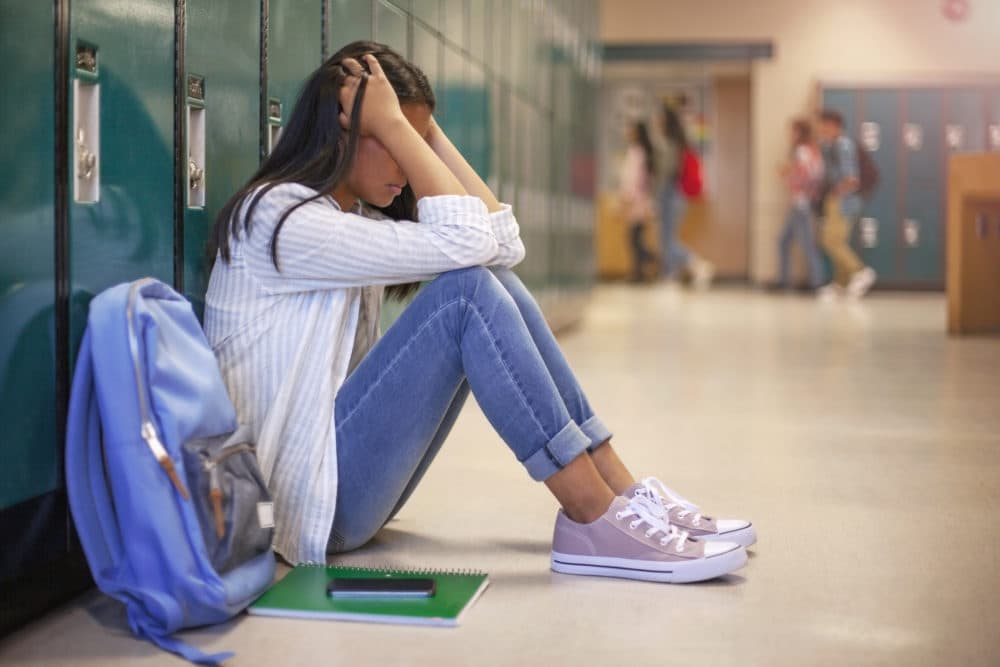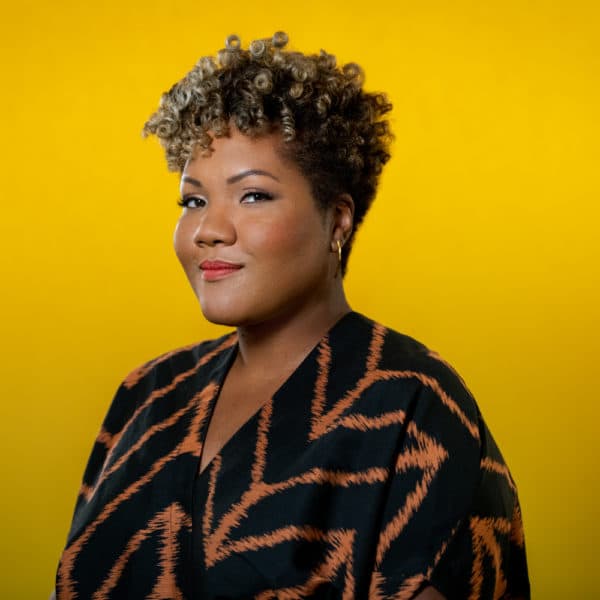Advertisement
Kids Are Vocalizing Their Mental Health Struggles. Here’s How Adults Can Respond

Children's magazine Highlights has seen firsthand how this pandemic is impacting children.
They receive up to 2,600 letters a month from children all over the world. For the last 75 years, they've responded to every single one of them.
These days, Highlights says about half of the letters are about COVID-19. But the things children are worried about are somewhat different than adults: Not a single kid, according to Highlights, has written about the pain of wearing a mask to school every day.
But they do write about things like feeling alone, missing their friends and worrying about their parents.
Christine French Cully, editor-in-chief for Highlights, says the top concerns she’s seen from kids’ letters during the pandemic are boredom, disappointments, school and the health of others.
When a Highlights staff member responds to a letter, they make sure the child’s feelings are validated and encourage the child to talk with a trusted adult, Cully says. Kids don’t expect adults to have the answers right away, she says. Rather, young people mostly want to feel heard and supported.
“If we lean in and listen to kids, we inevitably learn something that helps us serve kids better,” she says. “They want more connection. They crave more meaningful moments with their parents and the other adults they love.”
And it’s more crucial now than ever: The Centers for Disease Control and Prevention has reported spikes in suicide and depression among young people during the pandemic.
“It's hard being stuck at home and not really seeing all my friends,” says 10-year-old Millie O'Hara of Tempe, Arizona. “They helped me a lot when I was in other grades and they helped me with stress and anxiety.”
Now that in-person learning is back in session in most parts of the country, many school systems are trying to meet the overwhelming mental health needs of students.
Advertisement
Escondido High School in Southern California recently created a 1,600 square foot wellness center. And so far, the school says more than 500 students have already sought help.
“While many of our students are enjoying connecting with their peers again on campus, there are also many who are expressing a heightened anxiety around socializing,” says Kim Bodie, a social worker for the high school.
Students also feel academic pressure to catch up on what was lost over the pandemic, she says. At the same time, she says some families struggle with access to basic needs and housing.
Students’ anxiety manifests in a variety of ways in and outside of the classroom, Bodie says, such as stomach aches, lack of sleep, isolation and high or low energy. While teachers and staff can refer students to the wellness center, she says some students are referring themselves.
Students can utilize the center’s social workers throughout the day to tackle challenging topics — suicide, eating disorders, family dynamics, anxiety, losses within families and more.
The school’s social workers “are triaging with our school-based teams — counselors and administrators — to determine the most appropriate intervention for the student and then working closely with the family to help connect them to those support services,” she says.
The wellness center provides programs and workshops that uplift student voices and promote empowerment, she says.
While 500 kids have accessed the center, there are still thousands of students who haven’t. Bodie says teachers and parents should keep an eye out for abrupt changes in attendance, engagement, peer relationships or interests as warning signs.
It’s safe to say that adults should be checking in with young people, Bodie says. A lot of kids are dealing with the consequences of not treating some of the anxiety around the pandemic and re-socializing, which can interfere with the actual learning in the classroom.
“I do believe that this is the year to offer grace and compassion to ourselves, our teachers and to our kids,” she says. “I know that this is a major adjustment for our students.”
Not all schools around the country have the means to create a designated center for students to address mental health and wellbeing. Bodie suggests schools hold space for students to gather together and express their feelings. Students are asking for help and want to talk, she says, so incorporate them when talking about the challenges in moving forward.
She also advises that schools “proactively provide curriculum to prevent behaviors that we don't want to see from our students.”
More and more kids are talking openly about their mental health, Bodie says, and while that may feel alarming, it’s actually a good sign that young people are confiding in adults.
“I believe that this just may be the silver lining of the pandemic,” she says, “that students and adults are more openly talking about how they're feeling, how they manage stress, how they cope and what's most important to them.”
If you or someone you know may be considering suicide, contact the National Suicide Prevention Lifeline at 1-800-273-8255 (En Español: 1-888-628-9454; Deaf and Hard of Hearing: 1-800-799-4889) or the Crisis Text Line by texting 741741.
Marcelle Hutchins produced and edited this interview for broadcast with Peter O'Dowd. Serena McMahon adapted it for the web.
This segment aired on September 27, 2021.

